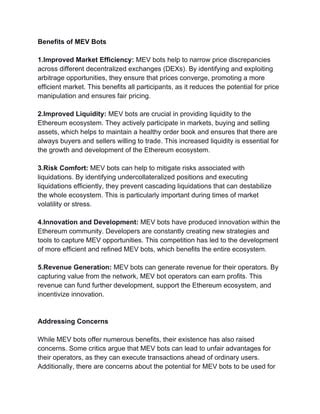Identifying Wallet Type: Revealing the Origin of an Ethereum Address

As more and more users turn to decentralized finance (DeFi) and other Ethereum blockchain applications, concerns about security and unauthorized use have grown. One of the main reasons for these concerns is the lack of clear identification mechanisms for storing cryptocurrencies such as Bitcoin. In this article, we will look at how you can identify the type of wallet associated with a specific Ethereum address.
The Basics
Ethereum addresses are unique digital identities consisting of four or five hexadecimal characters (18-34 characters long). Each character represents a number from 0 to 9 and either A to F (uppercase) or a to j (lowercase). When you create an Ethereum account on a platform of your choice, such as Blockchain.info, it creates a unique address. This address is used to store, send, and receive funds on the blockchain.
Blockchain.info: A good example
If you created an Ethereum address through Blockchain.info, you can still try to identify its origin by examining the transaction history associated with that address. Here’s how:
- Check transaction history: Log in to your Blockchain.info account or go to a supported wallet and view the transactions associated with your Ethereum address.
- Search for past transactions: Search the transaction history to see if there are any previous transactions made with this address. The timestamp of these transactions will give you an idea of when they occurred and help you narrow down the time frame in which they may have been used.
- Check transaction details
: Some wallets, such as Blockchain.info’s own wallet, allow you to view detailed transaction details, including the sender and recipient addresses. This can help you identify whether your address has been used before or was created by a specific user.
Other factors to consider
While transactions and transaction history are useful indicators, they are not foolproof ways to identify the type of wallet. Here are some additional factors to keep in mind:
- Wallet Network: If your Ethereum address is associated with a wallet that is connected to multiple networks (e.g. Mainnet and Testnet), it may mean that the address was created using an alternative wallet.
- User Accounts: If you have created accounts on other blockchain platforms or wallets, such as Binance or MetaMask, your Ethereum address may be linked to those accounts. This can help identify whether the address has been used by someone else in the past.
- IP Addresses and Browser Extensions: Some users have reported using IP addresses or browser extensions to access their Ethereum accounts from different locations. If you have ever accessed your account from a different device or location, it may be worth investigating.
Conclusion
While blockchain analysis can provide valuable insights into the origin of an Ethereum address, it is important to remember that these methods are not foolproof. Address history and transaction data are only one piece of the puzzle. By combining this information with other factors, such as wallet network connections or user accounts, you may be able to connect the identity of the wallet associated with a specific address.
Additional Tips
- Always keep your Ethereum wallet secure and private.
- Be cautious when using third-party wallets or services that claim to provide detailed transaction history or address verification. Some may compromise user data for their own purposes.
- Consider using a hardware wallet like Ledger or Trezor, which offers additional security features over software wallets.
